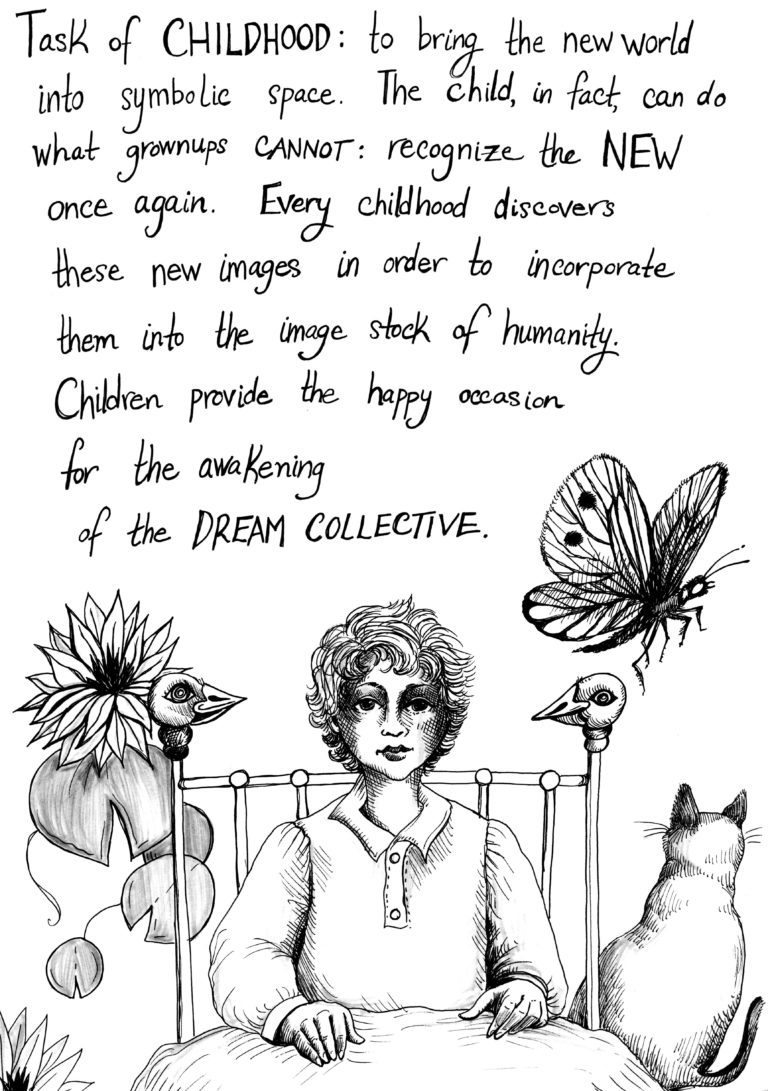

The child looks and recognizes before it can speak.īut context, argues Berger, is essential to understanding the meaning of what and how we see. The opening line in the book seems so artless, so unthreatening: Isolated from the rest of Botticelli’s allegorical composition, the head of Venus “becomes a portrait of a girl”, just another pretty picture, ripe for reproduction as a mass produced print. The act of apparent vandalism (on what proved to be a copy of one of the gallery’s best known masterpieces), is the trigger for a discussion of the distorting nature of mass reproduction. Instead, he turns his back to the camera and we hear the sound of his knife slashing the canvas around Venus’s head. The viewer expects the standard drill: art expert talks about a painting. A curly haired Englishman, Berger, stands in front of one of the great treasures of London’s National Gallery, Botticelli’s Venus and Mars.

The opening scene of the television series sets the tone. The art historian Griselda Pollock has written that itĪrrived on the TV screens and in the bookshop just when we needed a ready-made and persuasive critique of the art establishment, advertising and images of women. Everything about it was designed to challenge the establishment. Ways of Seeing sought to reassess narratives around the tradition of Western European painting, from 1400 to 1900. By the time Berger died in 2017 this slim paperback, sometimes called art history’s equivalent of Mao’s Little Red Book, had sold over a million copies.

The book of the series was released in the same year. Ways of Seeing was like a blast of icy water – Berger stripped away the gloss to expose the capitalist ideology behind polite narratives, such as Clark’s, tracing the rise of western culture. (Previously the same venue had shown Kenneth Clark’s Civilisation).

In the years before Australia had colour television BBC art programs were often screened at the Art Gallery of NSW. I still remember the shock when I first saw John Berger’s television series, Ways of Seeing, in 1972. 'Women watch themselves being looked at.' Wikimedia Commons


 0 kommentar(er)
0 kommentar(er)
